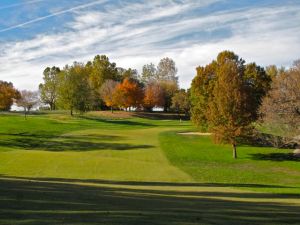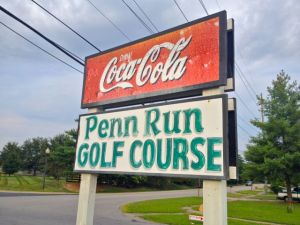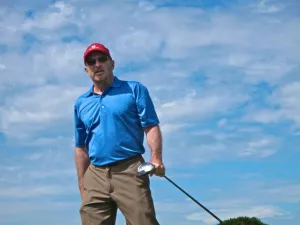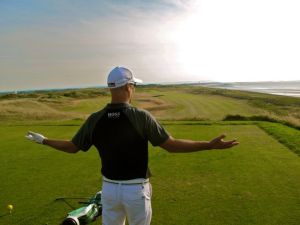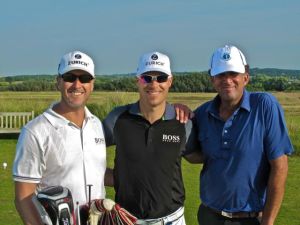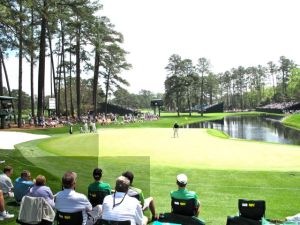“I’ve been reading your Top 50 column for more than seven years,” writes Kermit Kallevig, a commercial fisherman from Percival, Nova Scotia. “Or rather, I’ve been waiting for something to read. Not only are your posts rarer than fogbows, the ranking itself hasn’t changed since the last midterm elections. Can you give me one good reason why I shouldn’t cancel my subscription?”
Just one good reason? Goodness gracious, Mr. Kallevig, you deserve a dozen. Your email caught my attention this morning as I was tallying contributions to my crowdfunding sites. “Hmmmmm,” I jotted on a notepad.
The truth is—and what is the Top 50 if not a quest for truth?—I only post when there is a change in the ranking. The ranking has been static since June, 2016, but at least once a day I trot down to the basement here at Catch Basin to inspect the servers and to see if any of our IT staff have returned to work. (They haven’t.) Prompted by your email, I spent a few extra minutes today examining the dials and monitors on our data wall. Everything seemed to be in order, but remembering that scene in The China Syndrome where Jack Lemmon taps a nuclear reactor’s water-level gauge and the needle suddenly dips into the red, I gave the console a good healthy kick. Holy heck! Red lights flashed and VU meters started waving like winter wheat on a windy day.
Here, then, are a few notable updates to the ranking:
- While Askernish Old and Carne Golf Links continue to share the top spot, Trump Turnberry’s Ailsa Course, a four-time Open Championship venue and one of my favorite links, has dropped out of the Top 10. (On January 6, in fact, Turnberry fell out of the Top 1,000.) Nearby Girvan Links & Parkland, on the other hand, cracks the Top 50 for the first time, debuting at No. 3. Laid out in 1903 by five-time Open champion James Braid, Girvan shares Turnberry’s view of Ailsa Craig and is famous for its seaside stretch of drivable par 4s and unreachable par 3s. (“Come back when the wind is blowing,” the starter told me the last time I played Girvan. “I’ve seen tee shots fly backward into the car park.”)
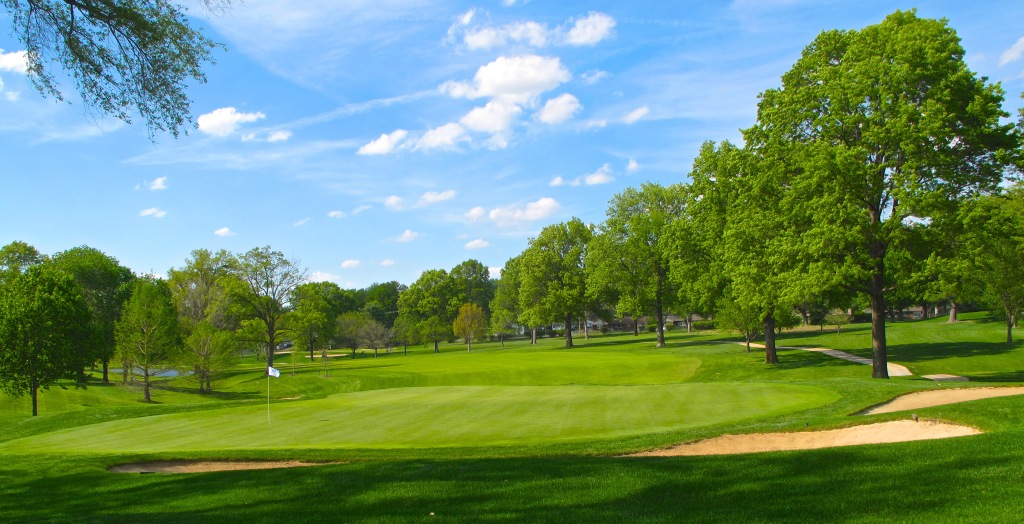
- Milburn Country Club, home course of 1927 U.S. Women’s Amateur champion Miriam Burns Horn, climbs to No. 30 on the strength of a multi-year upgrade by architect Todd Clark. Christened in 1917, this William B. Langford gem was a PGA Tour venue in the 1950s and a finalist to host the 1951 U.S. Open held at Michigan’s Oakland Hills CC. (The other finalist: Pennsylvania’s Oakmont CC.)
- Excelsior Springs Golf Club, one of Missouri’s oldest and most revered small-town layouts, climbs 105 rungs to No. 50. Still presentinging the original Tom Bendelow eighteen, which opened in 1915, Excelsior Springs has seen more than a century of golfing greats walk its rolling fairways, from Chick Evans to Lawson Little and Horton Smith to Tom Watson and Payne Stewart. Excelsior Springs now outranks two other well-known Bendelow tracks—three-time U.S. Open venue Medinah Country Club and Olympia Fields Country Club, which has hosted two Opens and two PGA Championships.
- Pine Valley Golf Club, Pine Valley, N.J., remains unranked.
So again, apologies, Mr. Kallevig, and thanks for exposing our little tech flaw. As Clive James so aptly put it, “It is only when they go wrong that machines remind you how powerful they are.” (To which Stewart Brand replied, “Once a new technology rolls over you, if you’re not part of the steamroller, you’re part of the road.”)
Top 50 on TV: The 111th Irish PGA Championship will be played at top-ranked Carne Golf Links, County Mayo, Aug. 5-7. Hailed as “the best course in the world” by Sports Illustrated and called “brilliant, simply brilliant” by author Tom Coyne, Carne was the subject of the 2009 best-seller, Ancestral Links: A Golf Obsession Spanning Generations, widely credited for sparking the Northwest Ireland tourism boom.* The pros will play Carne’s Wild Atlantic Dunes course, which features Eddie Hackett’s original back nine (1995) and an equally majestic Kilmore Nine (2013) designed by Jim Engh and Ally McIntosh. Past champions of the Irish PGA include Fred Daly, Harry Bradshaw, Christy O’Connor Sr., David Feherty, Paul McGinley, Pádraig Harrington and Darren Clarke. “Staging the Irish PGA Championship at a stunning course that is already rated … [No. 1 in the World] … is a natural progression,” says Michael McCumiskey, PGA in Ireland regional manager.
*Full disclosure: I wrote Ancestral Links, as well as the above plug.





